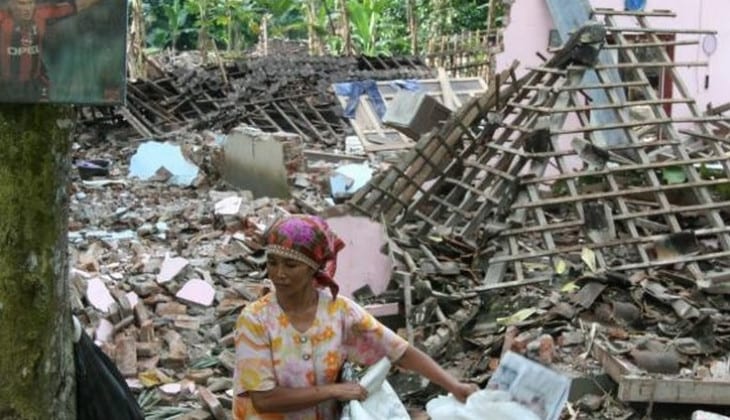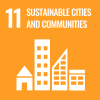
UGM Center for Disaster Studies (PSBA) held an online disaster discussion on Thursday (4/6). The theme raised in this discussion was “Reflections of Yogyakarta Earthquake 2006”. This event also marks the 14th anniversary of the disaster.
Dr. Gayatri Indah Marliyanti, ST. M.Sc., UGM Geological Engineering Earthquake Expert, said that we can learn so many things from the earthquake that struck the city in the morning of May 27, 2006 with a magnitude of 6.3 SR. An earthquake at this scale usually does not cause fatal damage.
However, the earthquake had a massive impact with the amount of damage in almost all the regions of the province and caused 6,000 fatalities. Gayatri said this was because the center and depth of the earthquake was very close. “The source of the earthquake was on the mainland at the Opak Fault, which is located in Yogyakarta, extending from Prambanan to the east side of the Parangtritis beach. The fault is not directly located at the boundary of the subduction zone but its formation is still related to the subduction process of oceanic plates and continental plates in southern Java. Its depth was only 12.5 Km underground, so the effect was huge, reaching around VI-VII MMI,” she said.
Gayatri said that the conditions of the land surface of Yogyakarta also affected the damage caused by the earthquake. She pointed out that this area of Yogyakarta was in a basin that stretched from the Kulon Progo Mountains and the Southern Mountains which is called the Yogyakarta Basin.
According to Gayatri, the basin currently has been filled with rocks, sand, and soil from the eruption of Mount Merapi. The depth of loose sediment is approximately 50 meters. “When the earthquake occurred, the loose sediment caused an amplification of earthquake waves, so the surface above was shaking, and the result was what happened in 2006,” she explained.
At that time, no one had expected an earthquake to occur. The geological study was not yet able to locate the fault (also called the Opak Fault today).
“After the earthquake struck, academics began to reexamine the geological conditions of the area of Yogyakarta aggressively. A search of older literature was conducted. They finally found that this was not the first earthquake that occurred in Yogyakarta based on the writings of a researcher from the Netherlands. There have been dozens of earthquakes with varying scales over 200 years in Java. One of them was a big earthquake that occurred in 1867, which caused a shock effect that reached VIII MMI,” she said
From these conditions, Gayatri assessed that the Yogyakarta Provincial Government should strengthen itself as a disaster resilient area, especially related to the design of earthquake-resistant buildings. This needs to be done as the Opak Fault and other faults around the area have the potential to cause earthquakes.
“Research on the source of the earthquake and the unknown must continue to be done synergistically between stakeholders as a preventive step, although we do not know when the earthquake will strike because there is no tool that can detect it. However, given the earthquake-prone location, we can be prepared by making earthquake-resistant buildings. Earthquakes do not kill people. People die because of buildings that can not stand earthquakes,” she concluded.
Dr. Djati Mardianto, S.Sc., M.Sc., UGM PSBA Researcher, also presented insight into this theme. He explained about PSBA UGM assisted village in Klaten, namely Sengon Village, which was initiated in 2018 to become an Earthquake Resilient Village. He said this village was once one of the communities affected by the 2006 earthquake. Now the village has been classified as a Primary Category of Resilient Village. It is hoped that in the last year of its development the village can be improved.
Source: https://www.ugm.ac.id/id/berita/19510-refleksi-dan-pembelajaran-dari-gempa-bumi-jogja-2006



